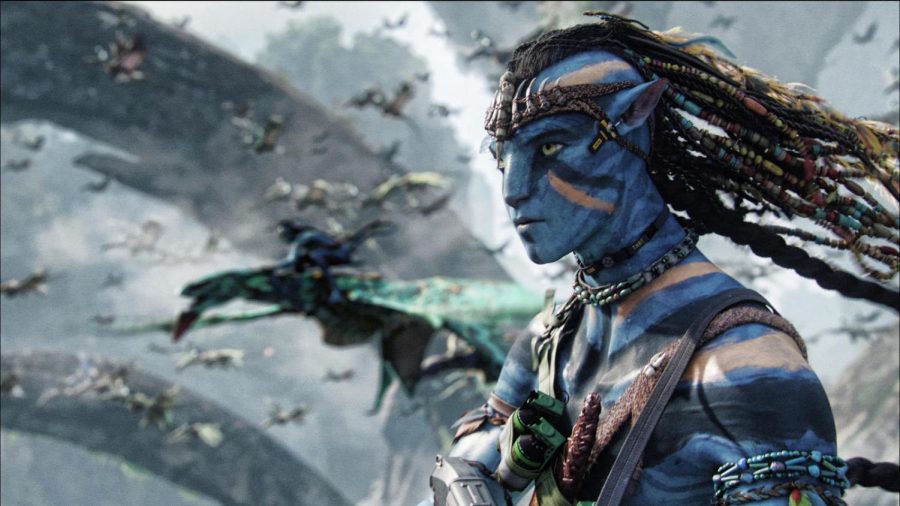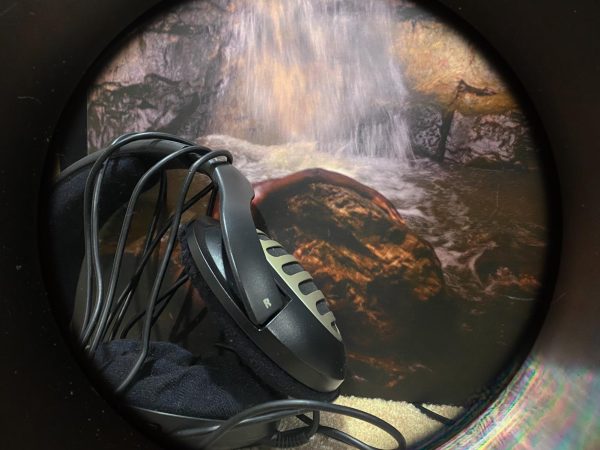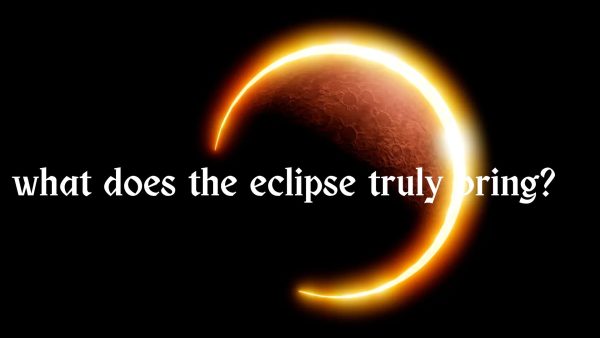“Avatar” CGI still stands out ten years later
Ten years after “Avatar”’s release, plenty of other films have attempted the biggest technological achievements with CGI. Sadly, none of those films quite meet the standard set by Avatar. The Planet of The Apes franchise has come extremely close but lacks the wow factor that could leave viewers speechless.
October 6, 2021
On December 18, 2009, the world saw the most innovative and ambitious use of CGI (Computer-Generated Imagery) up until that point, with the release of the blockbuster science fiction film “Avatar”. Since this film’s initial release, other films have failed to meet the standard and scale of CGI that “Avatar” set. While the current climate of Hollywood has created an expectation of cheap and noticeably flawed CGI, certain films utilize the creative technology in far subtler ways that go unnoticed by the audience. This does not distract nor leave the audience deprived of an immersive film experience. However, this far more common use of the tool lacks the awe “Avatar” captured.
“‘Avatar’ is a masterpiece of digital design that has yet to be replicated. It’s rare, but the only time anything comes close tends to be big Marvel movies like “End Game” or Infinity War”,” NC senior Stan Alalof said.
The filmmakers of “Avatar” incorporated different colors, textures and lights to make Pandora, the planet the movie takes place on, come to life. Everything from the wildlife to the tree of souls captivated the audience from start to finish. Unlike other films, “Avatar” does not try to hide the CGI, rather they fully embrace it. Instead, filmmakers utilize longshots to show the beautifully crafted environment and creatures. Even the avatars show the true talent of the CGI artists behind the work. For one to appreciate the true beauty of their craftsmanship, they need only to look at the abundance of details in the avatars themselves.
The artists created the avatars’ skin to appear two-toned with a slight shimmer. Throughout fight scenes, viewers can see human-like bruises and blemishes on the skin. In addition to their skin, the characters’ hair makes a huge impact on the film’s complexity. Simulating hair or fur for CGI typically severely challenges the artists. Each character’s design contains a braid and at the end of that braid lies nerve endings called neural queues, which play a major role throughout the film. The minor feature contains a serious amount of detail that viewers cannot miss. Their ability to create different textures and hairstyles using CGI helped solidify this movie as a cinema marvel.
This amount of detail and scope rarely makes an appearance in cinema. The sheer spectacle of “Avatar” remains comparable to the initial release of Star Wars in 1977. While Star Wars revolutionized the world of special effects at the time by heightening the pre-existing techniques of the era; stop motion, painted backdrops, and miniatures, “Avatar” did the same with CGI. The technology, first pioneered in 1973 with the release of Westworld, has come a long way since its inception. Audience members found themselves treated to the best Hollywood had to offer after nearly 40 years of the technology’s development.
With four years of production to its name, “Avatar” undoubtedly served as a demonstration of exactly what computers could do at the time. So why now, almost 12 years since the film’s release, does the use of CGI so often disappoint? The answer lies in how its application in films has changed. Blockbusters such as Joker found far subtler ways to create worlds for their films in which to immerse the viewer. By utilizing the tool to enhance pre-existing features of films such as props, backgrounds and lighting, directors can amplify their movies while avoiding the pitfalls of putting CGI at the forefront of their films.
“It’s interesting to see movies like Twilight that came out around the same time as Avatar lacking heavily in the CGI department. Edward’s sparkling face looked horrible, yet we are able to see flying mythical creatures and humanoid people doing intricate body movements in Avatar. Not only was Avatar ahead of its time, but it has also outperformed movies that came before them. Like twilight,” senior Erica Holder said.
In other films such as Justice League, the tool does not shine through. Soon after the film’s release, fans immediately spotted obvious CGI and certain scenes that did not appeal to them. The antagonist of the film, Darkseid, noticeably looked animated and fake. This problem with cartoon-like appearances affects numerous parts of the film, during the later fight sequences, the background setting looks cartoonish and chunky. Also, Superman, played by Henry Cavill, faced major criticism for his appearance throughout the movie. During filming, Cavill signed to star in another project and he could not shave his facial hair. As a result, the filmmakers decided to digitally place skin over his beard. In the final cut of the film, Cavill’s face appeared lopsided and uneven. Justice League only represents a sea of movies that have made the same or similar mistakes.
Due to CGI’s newfound affordability, filmmakers across the globe possess access to it. Thanks to its convenience and versatility, it has become exceedingly rare, if not impossible, to see a film devoid of it. While “Avatar” showed great promise for its future use, unfortunately, due to CGI’s widespread use filmgoers find it commonplace to witness it used in poorly done and cheap manners. However, movie buffs should not lose hope as films similar to Avengers: Infinity War carry on the legacy of stunning CGI worlds into the modern film scene. On top of this, the “Avatar” franchise will soon make its grand return to theaters with the release of the sequel, “Avatar 2”.



















